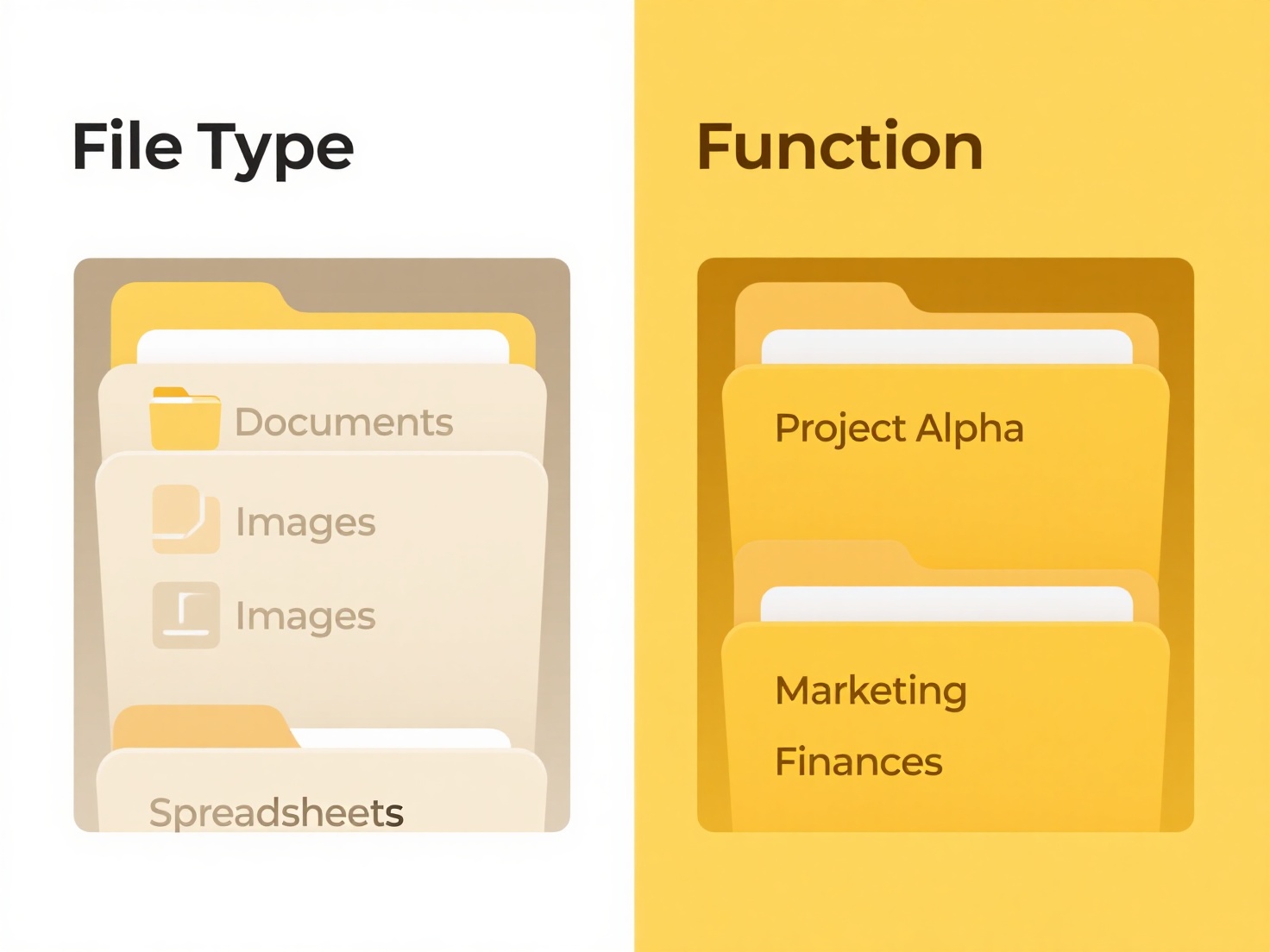
Importing a name list and applying the names to files involves automatically assigning identifiers from a data source, like a spreadsheet, to corresponding files on your computer. Instead of manually typing each filename, you execute a program or script that reads names from the source file and systematically renames the target files based on that data. This process requires matching each entry in the list to a specific file, often through a defined order or unique identifiers present in both the list and the original filenames.
Common applications include batch renaming large sets of photos from a participant list after an event or preparing research datasets where files need unique IDs matching entries in an accompanying data table. Tools enabling this include scripting languages like Python or PowerShell for custom solutions and dedicated bulk renaming software applications designed for user-friendly automation, often supporting input formats like CSV or TXT.

This approach significantly reduces manual effort and minimizes the risk of typos associated with hand renaming large quantities of files. However, accuracy depends entirely on ensuring a perfect, consistent match between the list entries and the files to avoid mismatched names or skipped files. Proper ordering and thorough pre-validation of both the source list and the target files are essential to prevent errors and ensure the process delivers the intended results reliably.
How do I import a list of names and apply them to files?
Importing a name list and applying the names to files involves automatically assigning identifiers from a data source, like a spreadsheet, to corresponding files on your computer. Instead of manually typing each filename, you execute a program or script that reads names from the source file and systematically renames the target files based on that data. This process requires matching each entry in the list to a specific file, often through a defined order or unique identifiers present in both the list and the original filenames.
Common applications include batch renaming large sets of photos from a participant list after an event or preparing research datasets where files need unique IDs matching entries in an accompanying data table. Tools enabling this include scripting languages like Python or PowerShell for custom solutions and dedicated bulk renaming software applications designed for user-friendly automation, often supporting input formats like CSV or TXT.

This approach significantly reduces manual effort and minimizes the risk of typos associated with hand renaming large quantities of files. However, accuracy depends entirely on ensuring a perfect, consistent match between the list entries and the files to avoid mismatched names or skipped files. Proper ordering and thorough pre-validation of both the source list and the target files are essential to prevent errors and ensure the process delivers the intended results reliably.
Quick Article Links
How can I automatically sort photos by the date they were taken?
How can I automatically sort photos by the date they were taken? Organizing photos chronologically involves extracting...
How do I organize ebooks and PDFs?
Organizing ebooks and PDFs involves creating a digital filing system using tools and strategies to easily locate and man...
Can I limit how many times a file is downloaded?
Limiting file downloads restricts how many times an authorized user can retrieve a copy of a file hosted online. It diff...